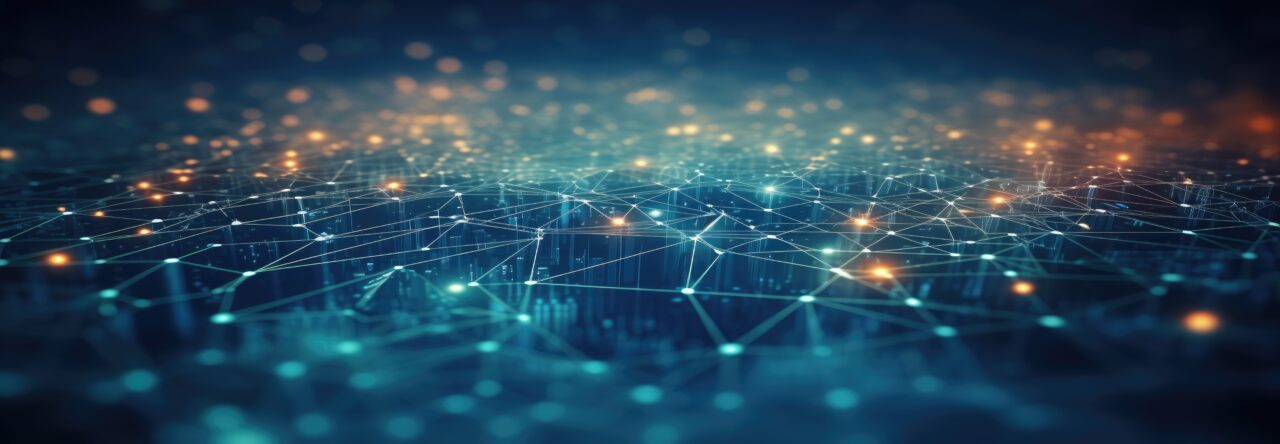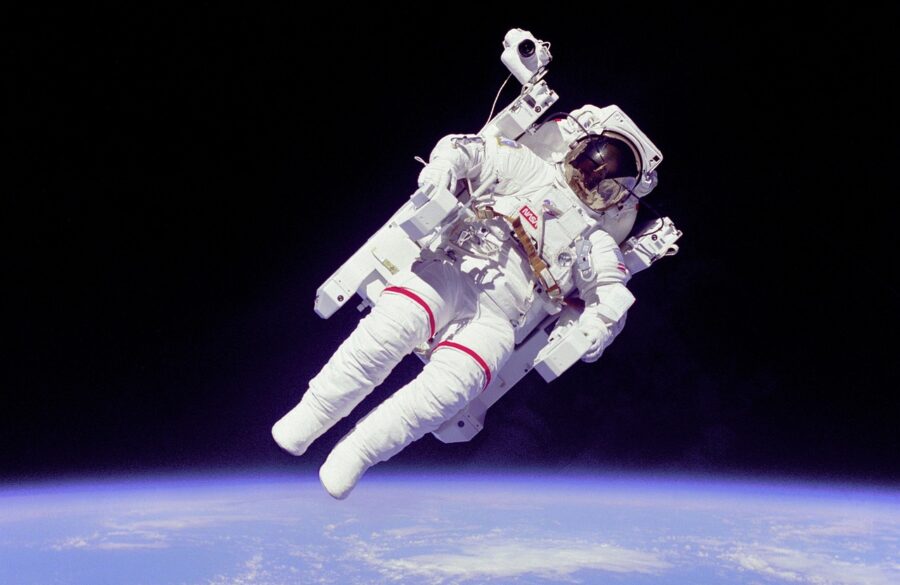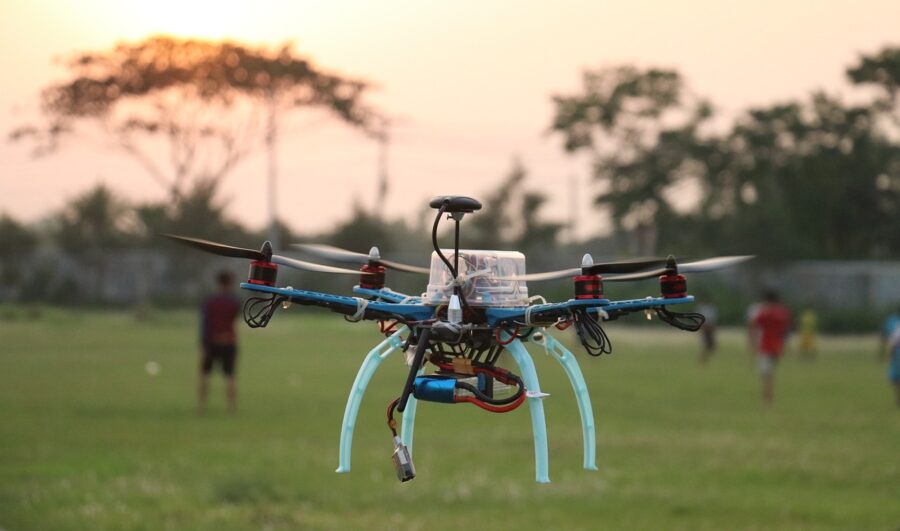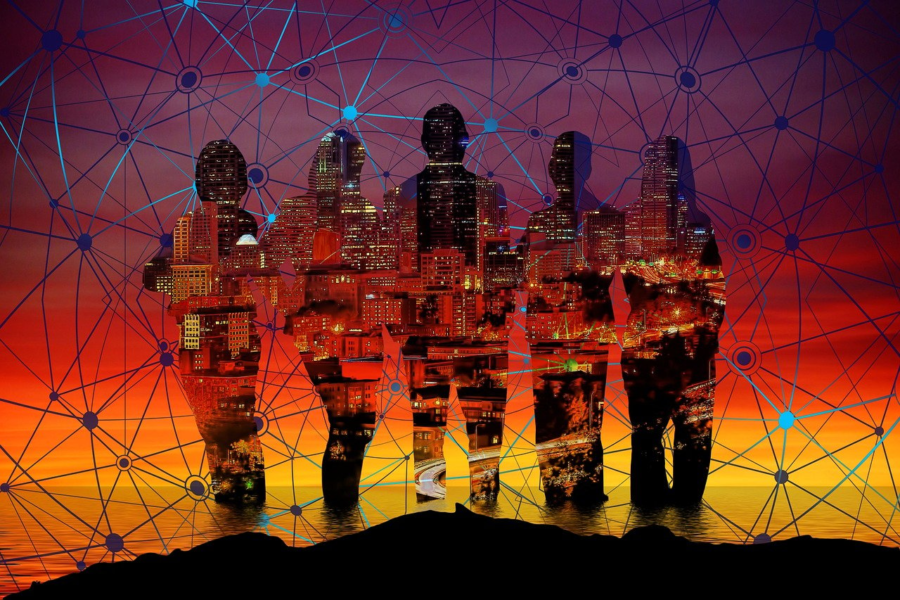While engineers, scientists, and technologists are critical in mitigating risks, they are still categorized as liabilities rather than assets on global balance sheets. This misclassification is a fundamental flaw in how markets operate today.
It is essential to recognize that risk management is at the core of economic decision-making. Financial markets thrive on balancing risk and return, but there is an inherent contradiction when those who actively reduce risks—by innovating and solving complex problems—are undervalued.
By classifying these professionals as expenses, we fail to acknowledge their role in creating long-term value. This misalignment discourages investment in critical areas like climate change mitigation, public health, and infrastructure resilience.
The Boomspace approach to reorganizing these professions using game theory, blockchain, and artificial intelligence offers a promising solution. By leveraging these technologies, we can reframe how engineers, scientists, and technologists are valued—shifting them from liabilities to assets.
This shift would not only incentivize innovation but also unlock new financial resources for addressing global challenges.
The video concludes with the claim that if engineers, scientists, and technologists reorganize themselves, then the financial system will likewise reorganize itself seeking risk mitigation. This is a very powerful position for the professions if they should take it.
Risk and Return
As the saying goes, money makes the World go around. This may not be entirely true.
Where risk is high, the cost of money is high. Where risk is low, the cost of money is low.
Engineers, scientists, and technologists specialize in removing risk from complex systems. So, why is there never enough money to mitigate the world’s most pressing risks?
Fortunately, all we need to do is reorganize engineers, scientists, and technologists and the money will surely follow
The Ingenesist Project uses game theory, blockchain technology, and Artificial Intelligence to reorganize the engineering and scientific professions.
Analysis
This video poses a legitimate question. If there is money to be made by mitigating risk, why are Engineers, Scientists, and technologists classified as expenses (liabilities), and not assets on global balance sheets?
It’s amazing how vested we are in this staggering little flaw in market Capitalism.
Key Phrase: Risk and Return











